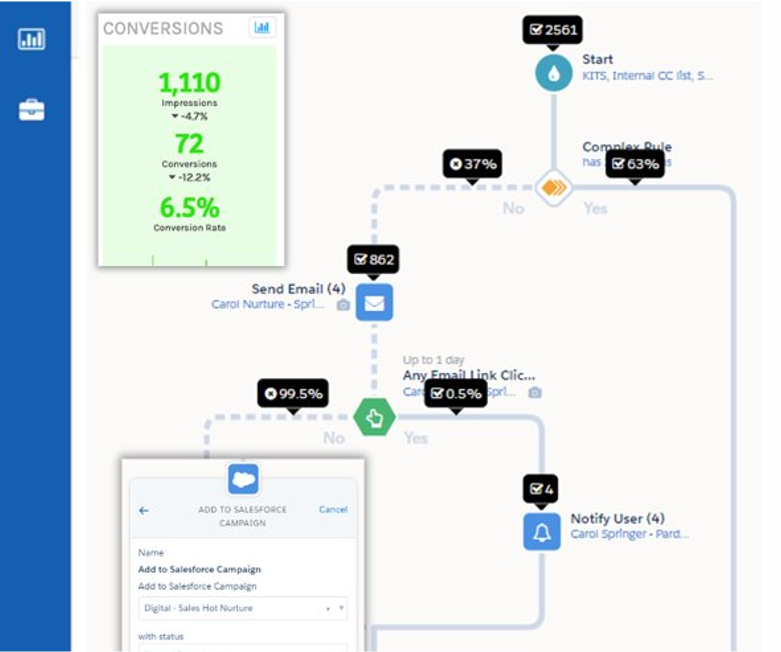
What is a lead nurturing workflow?

What is a lead nurturing workflow work and how does it work?
Consider the ways in which we encounter the word nurture. It’s generally used to describe relationships where a person is entrusted with the role of caregiver. A parent nurtures their child, a teacher nurtures a student, a mentor nurtures us as we pursue a career or a deep personal interest. That concept of the interpersonal relationship is at the center of building and deploying a lead nurturing workflow. So what is a lead nurturing workflow for B2B marketers?
A lead nurturing workflow is a series of automated marketing actions and communications designed to engage and build relationships with leads over time. The goal of a lead nurturing workflow is to keep leads engaged, provide relevant and valuable content, and move them through the buyer’s journey until they are ready to make a purchase decision. With the tools of automation, marketing software helps us deliver a sales prospect an abundance of content that is both customized to their needs, and perhaps more importantly, can be personalized to either the organization or the individual decision makers. Either way, the strategy is a way that we begin to build a relationship with a prospect in the sales funnel and then nurture it as they turn from prospect to qualified lead to customer.
Lead nurturing workflows are typically implemented through marketing automation platforms. These platforms allow marketers to deliver targeted and personalized content to leads based on their behaviors, interests, and stage in the buyer’s journey.
You might engage a prospect with a landing page specific to their interests; that might be paired with another typical building block of inbound marketing, a content offer. Content offers, often referred to as lead magnets, offer prospects some sort of enticement—a discount offer, or perhaps some gated content such as a free download—in exchange for their email address. Whatever your choice of magnet, it’s an important part of beginning to nurture the prospect into your sales funnel. Instead of the old school closer, your role is as a valued partner and educator, guiding the buyer to a purchase decision. Typically, much of that guidance is provided through the use of targeted and personalized emails, which are an important part of your workflow.
There are several marketing automation platforms available that can help you build and execute marketing workflows effectively. These platforms offer various features, integrations, and pricing options to suit the needs of different businesses.
HubSpot is a comprehensive inbound marketing and sales platform that offers a powerful marketing automation tool. It allows you to create and manage marketing workflows, segment leads, deliver personalized content, and track engagement. HubSpot also provides CRM integration, making it easy to align marketing and sales efforts.
Pardot, a Salesforce product, is a B2B marketing automation platform that helps businesses automate lead nurturing, email marketing, and lead scoring. It integrates seamlessly with Salesforce CRM, making it suitable for businesses heavily reliant on Salesforce.
Marketo is a popular marketing automation platform that offers lead management, email marketing, campaign management, and reporting capabilities. It caters to B2B and B2C businesses and provides advanced features for lead nurturing and engagement.
ActiveCampaign is a versatile marketing automation platform that offers a user-friendly interface and robust automation capabilities. It allows you to create automation workflows based on various triggers and actions and provides CRM and email marketing functionalities.
Whatever tools you choose, each step of the buyer’s journey needs specialized content to move your buyer from their initial awareness of a problem to their investment in your product or service as a solution.
Here’s how a lead nurturing workflow generally works
- Segmentation: Leads are segmented based on their characteristics, interests, and behaviors. This segmentation allows marketers to create tailored content and messages for each group of leads.
- Lead Capture: Leads are captured through various channels such as landing pages, website forms, content downloads, or events.
- Automated Triggers: Once a lead enters the nurturing workflow, automated triggers are set up to initiate the sequence of communications. These triggers can be based on actions like form submissions, content downloads, email opens, or website visits.
- Welcome Email: The first communication in the nurturing workflow is often a welcome email. This email thanks the lead for their interest and sets the tone for further interactions.
- Content Delivery: Over the course of the workflow, leads receive a series of targeted and relevant content, such as blog posts, e-books, whitepapers, videos, webinars, and case studies. The content is designed to educate, address pain points, and provide value to the lead.
- Lead Scoring: As leads engage with the content and interact with the emails, their level of engagement is tracked through lead scoring. Lead scoring assigns values to different actions, helping marketers identify the most engaged and qualified leads.
- Progression: As leads continue to interact with the content and move further along the buyer’s journey, the nurturing workflow can adapt and provide more advanced and targeted content.
- Sales Handoff: When a lead reaches a certain level of engagement and meets specific criteria, they are deemed “sales-ready” and can be handed off to the sales team for further follow-up and conversion.
- Continuous Nurturing: For leads that are not yet ready to make a purchase, the nurturing workflow continues to provide relevant content and maintain engagement until they reach the decision stage.
- Measure and Optimize: Throughout the lead nurturing process, marketers continuously measure the performance of the workflow. They analyze open rates, click-through rates, conversion rates, and other metrics to optimize the content and timing for better results.
Lead nurturing workflows play a critical role in building relationships with potential customers, keeping the brand top-of-mind, and guiding leads towards making informed purchase decisions. By providing personalized and valuable content at the right time, businesses can increase the likelihood of converting leads into loyal customers.



 For decades the typical sales organization was comprised of sales reps cold calling and working in the field. They set their appointments and then meet face-to-face with potential buyers. And in recent years we have started to see a transition to those outside reps getting support from “inside reps” who assist in setting the appointments. And once again typically a company would build this organization internally.
For decades the typical sales organization was comprised of sales reps cold calling and working in the field. They set their appointments and then meet face-to-face with potential buyers. And in recent years we have started to see a transition to those outside reps getting support from “inside reps” who assist in setting the appointments. And once again typically a company would build this organization internally. Since email is now preferred by 70% of buyers who want to learn about new products or services, email marketing is an important feature in an Integrated Outsourced Sales and Marketing Campaigns and Sales Automation Engines.
Since email is now preferred by 70% of buyers who want to learn about new products or services, email marketing is an important feature in an Integrated Outsourced Sales and Marketing Campaigns and Sales Automation Engines.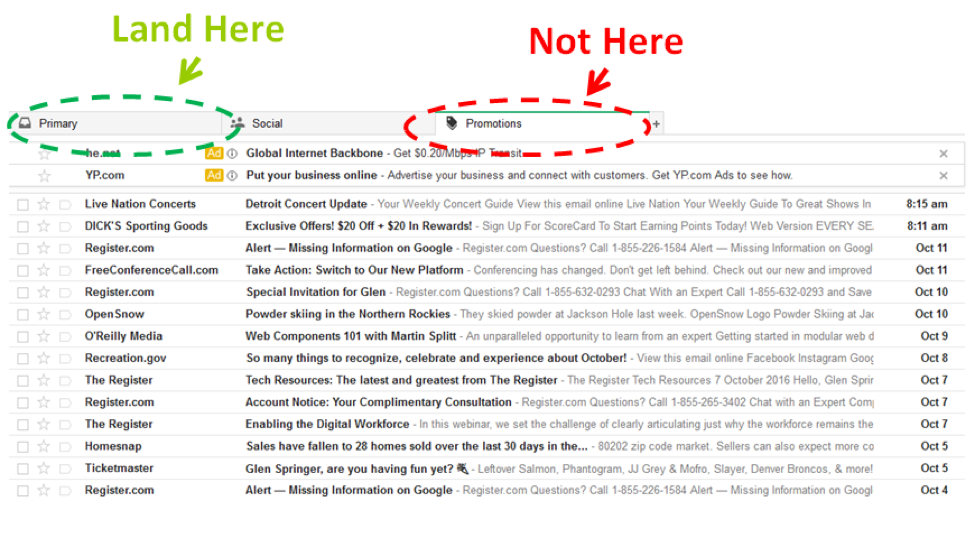
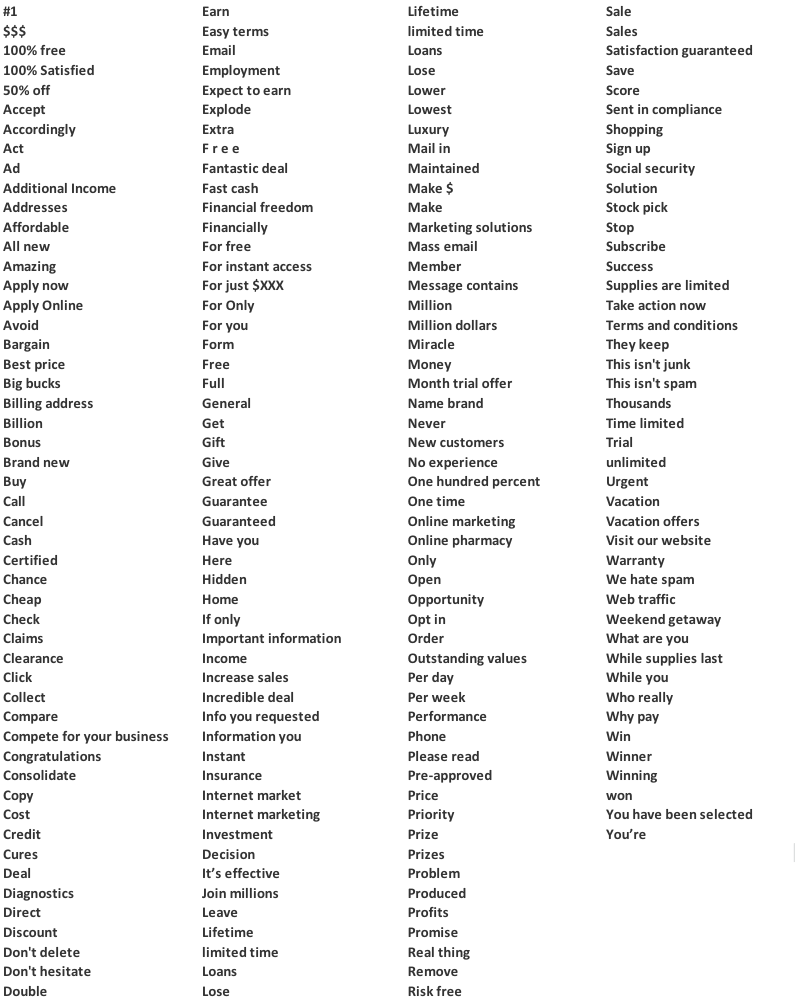


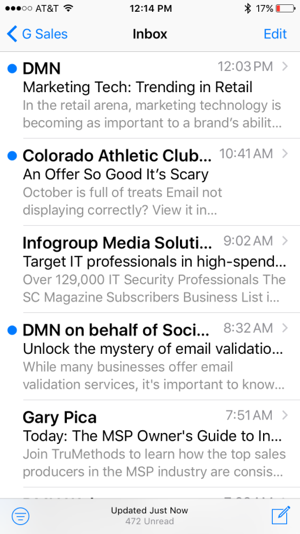
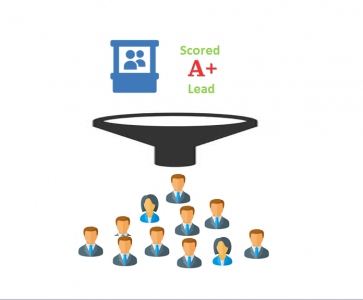 According to data from the CMO Council, Fortune 2000 and large companies are much more effective in how they allocate resources and approach tradeshow lead generation.
According to data from the CMO Council, Fortune 2000 and large companies are much more effective in how they allocate resources and approach tradeshow lead generation.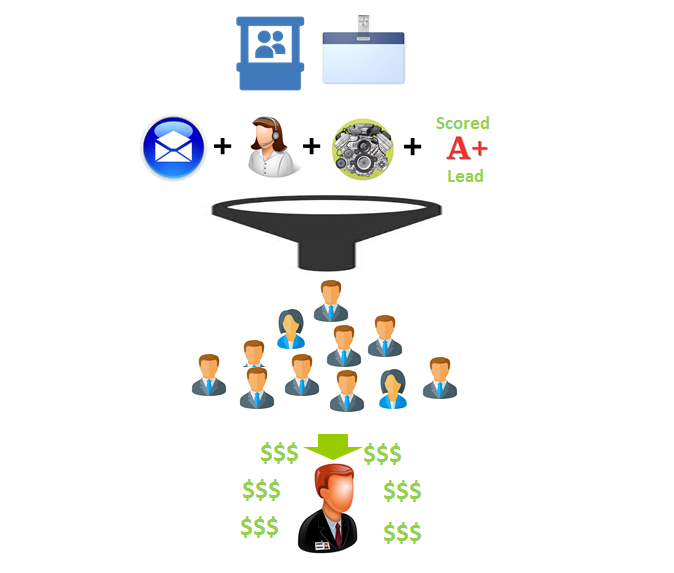
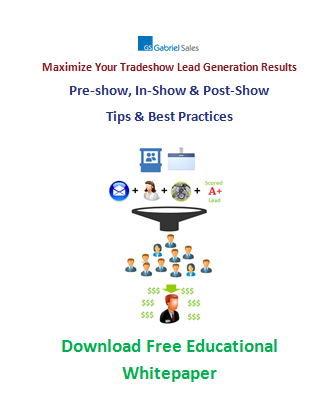

 There comes a time for every B2B business owner, where they must decide how to approach their sales and marketing. There are many different routes you can take: hiring part-time or full-time staff, purchasing consulting services, hiring an outsourced sales team, or some combination of these.
There comes a time for every B2B business owner, where they must decide how to approach their sales and marketing. There are many different routes you can take: hiring part-time or full-time staff, purchasing consulting services, hiring an outsourced sales team, or some combination of these.